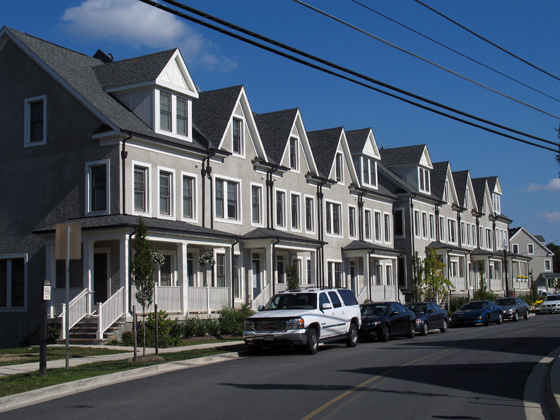Their nights out reflect a certain kind of lifestyle, an elite urban one. The ability to ditch the kids for a few hours and get out to a nice restaurant is precisely the sort of habit that is vaunted by pro-urban activists and expected of cities by young people looking forward to the freedom of the city. It’s luxurious, it’s cool, and it’s only possible in a city. Even for denizens of suburbia, a night in town is still obviously possible, but you still have to go into town, even if you start and end elsewhere. As for the elite part, anything any president does will be tinged with a degree of fanciness, for better or worse.
Not unlike Bill Clinton’s much-publicized jogging in the Nineties, I wonder whether Obama’s enjoyment of city life will raise attention – and elevate the place of – something many people are already doing. Americans were already crowding into Broadway shows and going out to dinner, and going into urban centers for dates. There is nothing new here, but the perception has historically been that these activities do not jive with the populist image that comes with the Resolute Desk.
At the same time, the more recent trips outside the White House do not depict the less glamorous benefits of cities. They reinforce the sort of young, fashionable life that has always been associated with date nights; they do not demonstrate that more prosaic aspects of life, especially with children, are still possible. Hot nightlife might be attracting people to the city for a boozy 10-year sojourn, but it doesn’t keep them. Comfortable neighborhoods and convenient shopping do. Perhaps Obama’s recent trip to the Palisades to watch his daughter play soccer is a reasonable balance to the condo-advertisement life that has otherwise made the news.
On the other hand, no Twentieth-Century President has lived a particularly ordinary life, not mowing his grass or running down to CVS to get cough medicine. It might be unreasonable to expect a world leader to move the culture of country by example in those areas. The best citizens can expect, then, is better policy. If he delivers that, a night out doesn’t have to mean anything.
